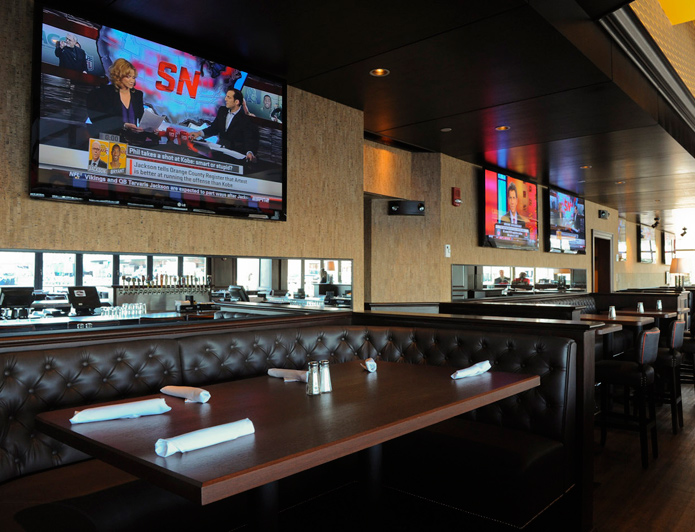One of the initial factors when selecting a CCTV setup is the kind of surveillance devices needed. There are numerous types of cameras available, including dome cameras, bullet cameras, and PTZ (pan-tilt-zoom) cameras. Dome cameras are commonly employed for interior monitoring due to their discreet design, while bullet devices are more noticeable and are generally employed externally. PTZ cameras offer the ability to zoom in on particular locations and can be operated remotely. Assessing the particular environment and the areas that need surveillance will assist decide which type of camera is best appropriate.
Another crucial factor to take into account is the resolution of the devices. Increased resolution devices offer sharper images, which can be critical for recognizing individuals or features in a setting. Common clarities include basic definition (SD), high definition (HD), and ultra-high resolution (UHD). Although higher clarity cameras may arrive at a higher price, they can significantly improve the effectiveness of a monitoring setup. It is also crucial to consider the lighting circumstances in the area being monitored, as some cameras are more equipped to manage dim situations than others.
Storage options are also a key aspect of CCTV setups. Video footage can consume up a substantial amount of space, so it is essential to select a setup with adequate capacity options. Many setups offer cloud options, which allows for off-site access to footage and can offer additional safeguarding in case of burglary or damage to the tangible device. Alternatively, local storage, such as electronic footage recorders (DVRs) or internet video devices (NVRs), can be used. Understanding the capacity requirements based on the number of devices and the required retention period for footage is crucial for efficient surveillance.
Finally, the installation and upkeep of the CCTV system should not be overlooked. Expert setup can ensure that cameras are placed in ideal spots for maximum coverage. Additionally, regular upkeep is essential to maintain the setup functioning properly. This entails inspecting device angles, cleaning lenses, and making sure that programs is current. Some systems also offer remote surveillance capabilities, enabling operators to access live footage from their smartphones or laptops. This feature can offer reassurance and enhance the overall efficacy you could try this out of the security system.

In summary, choosing the perfect CCTV system involves thoughtful evaluation of multiple aspects, including camera types, clarity, capacity choices, and installation. By understanding these components, people and entities can select a system that efficiently meets their safeguarding needs. A well-planned CCTV system not only helps deter criminal activity but also provides valuable evidence when necessary, rendering it an essential expenditure for safety and security.